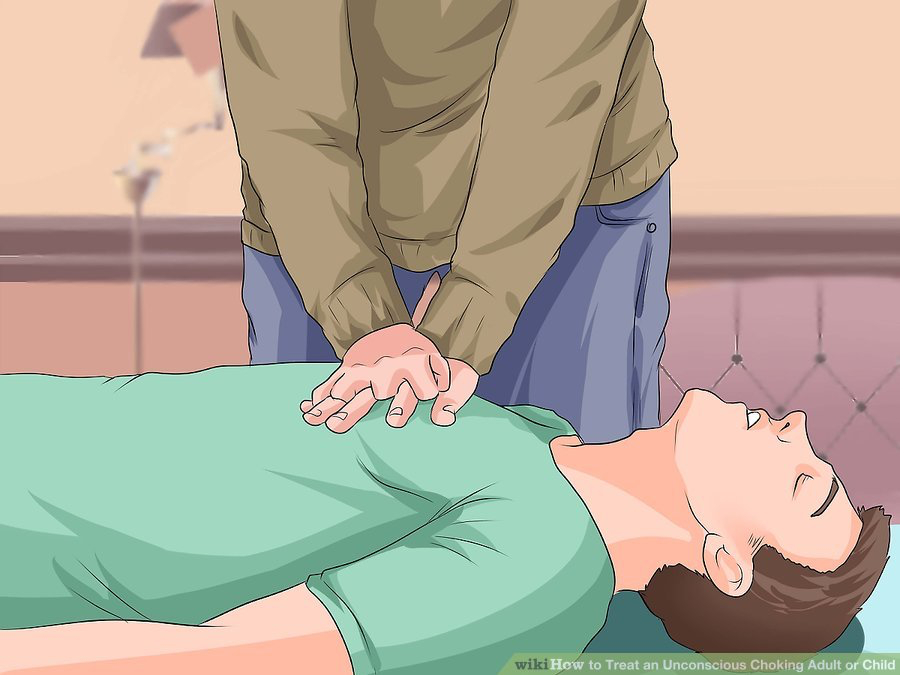When someone collapses and stops breathing, CPR is often the first step in resuscitating them. But when the victim is an unresponsive adult choking victim, the usual CPR protocol must be adjusted to account for the fact that their airway is blocked. Understanding how CPR differs in these cases is essential for saving a life in a choking emergency.
What Makes Choking Different from Cardiac Arrest?
Choking and cardiac arrest may appear similar at first—both conditions leave the person unresponsive and without a pulse—but the causes and responses differ significantly. In choking, the problem is a physical obstruction in the airway, whereas cardiac arrest involves the heart stopping due to an electrical malfunction or other issue.
In cases of choking, CPR alone is not enough. The obstruction must be cleared from the airway before effective chest compressions can continue. This distinction is critical because it alters the order and approach of CPR techniques.
How to Perform CPR on a Choking Adult
When faced with a choking adult who is unresponsive, the priority is to clear the airway before performing chest compressions. Here’s what to do:
- Check for Responsiveness and Breathing: Gently tap the person and shout to see if they respond. If the person is unresponsive and not breathing, begin CPR immediately.
- Perform the Heimlich Maneuver: If the victim’s airway is obstructed and they are not breathing, perform the Heimlich maneuver (abdominal thrusts). Stand behind the person, place your arms around their waist, and administer quick, inward and upward thrusts to expel the object blocking the airway.
- Chest Compressions and Rescue Breaths: If the object is not expelled or if the person remains unresponsive, begin CPR. First, ensure the airway is clear by checking for any visible objects. Continue chest compressions (at least 2 inches deep, 100-120 compressions per minute) and rescue breaths until emergency medical help arrives.
Remember, in choking emergencies, the key difference is clearing the airway before continuing with chest compressions and rescue breaths.
Common Mistakes to Avoid During Choking Emergencies
One of the most common mistakes made when performing CPR on a choking adult is continuing with standard CPR without addressing the airway obstruction. It’s crucial that rescuers first attempt the Heimlich maneuver to clear the airway. If the obstruction persists, CPR can begin, but chest compressions should not be performed on a person with a blocked airway.
Additionally, it is essential not to delay in attempting to clear the airway. Time is critical, and waiting too long can reduce the chances of survival. Always check the mouth for visible obstructions and clear them before starting chest compressions.
The Value of CPR Training for Choking Emergencies
Proper CPR training can make the difference between life and death in choking emergencies. By learning how to properly perform CPR and the Heimlich maneuver, you ensure that you are prepared to act quickly and effectively. Online CPR courses like those offered by Simple CPR provide in-depth training on how to handle choking victims and other emergency situations.
Simple CPR’s online courses teach you the proper techniques and timing, including how to adjust your CPR approach based on whether the victim is choking or experiencing a cardiac arrest.
Conclusion
When an adult is unresponsive and choking, knowing how does CPR differs in an unresponsive choking adult victim is crucial for effective intervention. The primary goal is to clear the airway first and then proceed with standard CPR. Learning and mastering these life-saving techniques will prepare you to save lives when seconds count. For more comprehensive training and certification in CPR, visit Simple CPR. Get certified today and be ready to act in an emergency.

